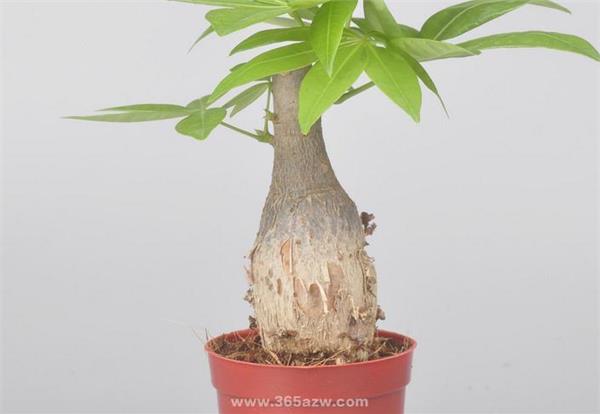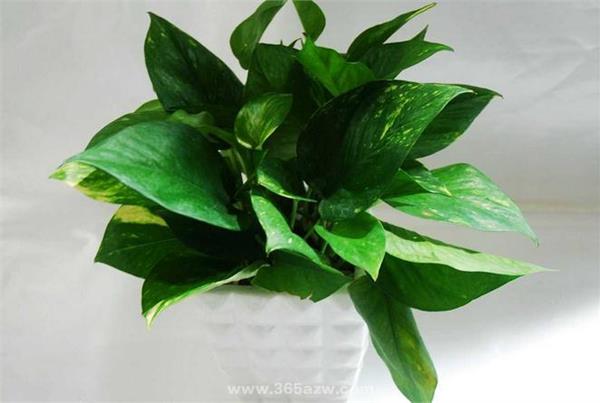Introduction of radiation protection plants
As we all know, electromagnetic radiation in daily life is harmful to the human body. There are many ways to protect against radiation, one of which is to use plants. There are many anti-radiation plants, today for you a brief introduction, let's have a look.

What are the radiation-proof plants?
1. Hanging orchid
The orchid can absorb 95% carbon monoxide and 85% formaldehyde in the air, can absorb harmful gases in the air, can release oxygen within 24 hours, and can decompose harmful substances in benzene and nicotine, which is called a green purifier. it is the most effective in radiation-proof potted plants.
2. Tortoise back bamboo
Tortoise back bamboo has the effect of absorbing carbon dioxide at night, which is of great help to improve indoor air quality and increase oxygen content. It has the characteristics of preferential adsorption of formaldehyde, benzene, TVOC and other harmful gases, and can achieve the effect of purifying indoor air, so it is an ideal indoor plant.
3. Green pineapple
Green pineapple, also known as golden kudzu, can absorb and transform harmful gases such as benzene and trichloroethylene in the air into substances in plants to purify the air. And green pineapple is relatively easy to survive green plants, placed next to the computer has a good role in absorbing radiation.

4. Cactus
When it comes to radiation-proof plants, the first thing that comes to mind is the cactus. Cactus is the best plant to reduce electromagnetic radiation. Cactus not only has a strong anti-inflammatory and germicidal effect, but also can absorb carbon dioxide and release oxygen at night. There is a cactus in the bedroom at night, which can be supplemented with oxygen and conducive to sleep.
5. Weeping leaf banyan
Weeping banyan can not only increase the humidity of the room, but also benefit our skin and breathing. At the same time, it can also absorb formaldehyde, xylene and ammonia and purify turbid air to effectively prevent radiation. In addition, the small leaves of drooping banyans make them a beautiful decoration in the room and are the exclusive radiation protection plants for many pregnant women.

6. Shi Lianhua
Stone lotus, named because it is shaped like a lotus, is a kind of succulent plant. Stone lotus flower has unique shape and simple maintenance, so it is very suitable for family cultivation and stands out among radiation-proof plants.
7. Aloe
Aloe is a common indoor radiation protection plant. Aloe can not only protect against radiation, but also purify the indoor air. A pot of aloe can absorb harmful substances such as formaldehyde, carbon dioxide, carbon monoxide and sulfur dioxide, especially formaldehyde. When the indoor harmful air is too high, aloe leaves will appear spots, which is the distress signal.
8. Tiger tail orchid
Tiger tail orchid, also known as tiger skin orchid, exudes a light and elegant fragrance, is a "small expert in pollution control". Tiger tail orchid can release a lot of oxygen, the function of absorbing electromagnetic radiation is also relatively strong, suitable for placed next to the computer.

9. Dryopteris
Dryopteris can absorb 20 micrograms of formaldehyde per hour and is known as the most effective biological purifier. It can inhibit the release of xylene and toluene from computer monitors and printers, and is one of the most effective radiation protection pots.
Related
- Wuhan Hospital Iron Tree Blooming Result Was Instantly Frightened by the Gardener Master
- Which variety of camellia is the most fragrant and best? Which one do you like best?
- What is the small blue coat, the breeding methods and matters needing attention of the succulent plant
- Dormancy time and maintenance management of succulent plants during dormancy
- Minas succulent how to raise, Minas succulent plant pictures
- What are the varieties of winter succulent plants
- How to raise succulent plants in twelve rolls? let's take a look at some experience of breeding twelve rolls.
- Attention should be paid to water control for succulent plants during dormant period (winter and summer)
- Watering experience of twelve rolls of succulent plants
- Techniques for fertilizing succulent plants. An article will let you know how to fertilize succulent plants.



